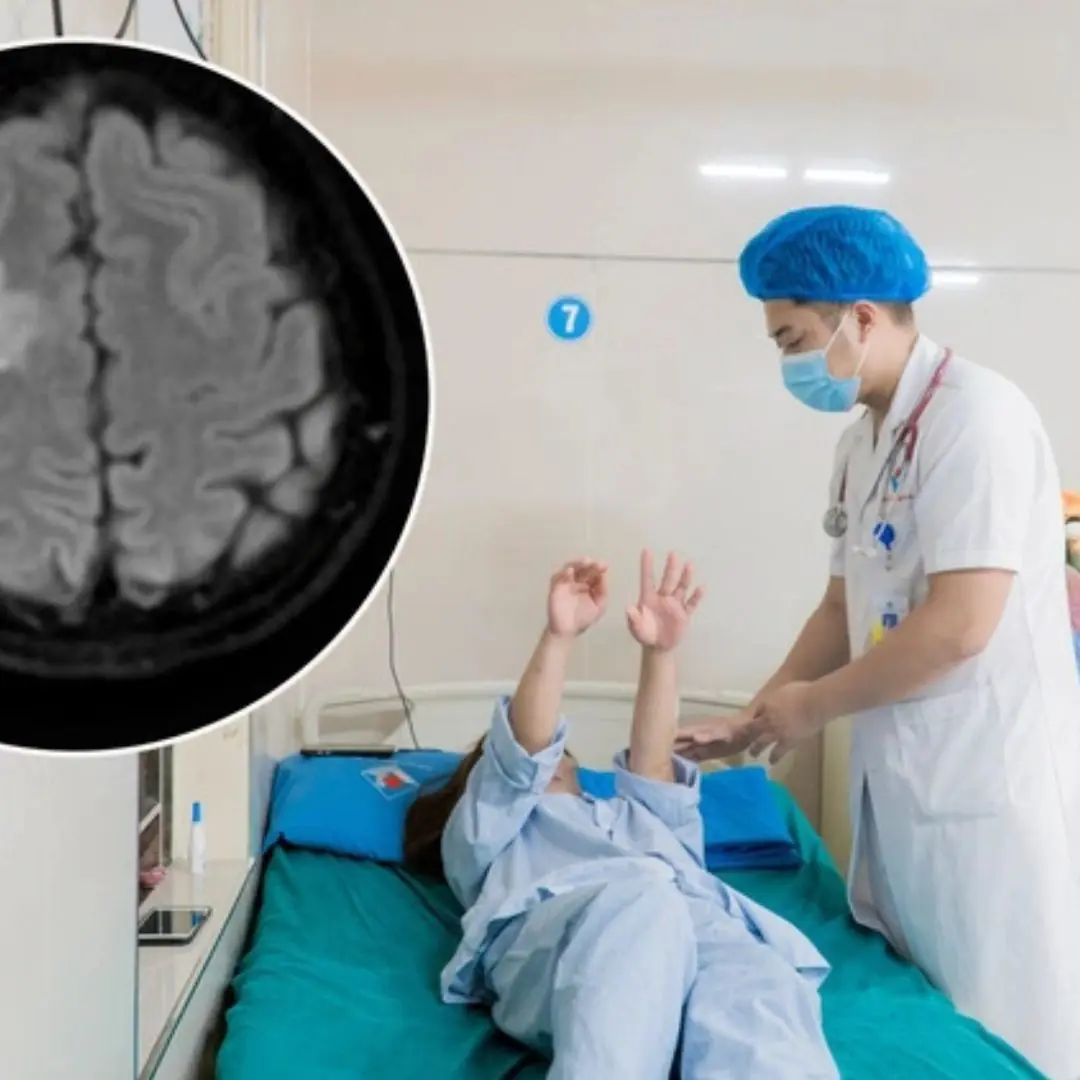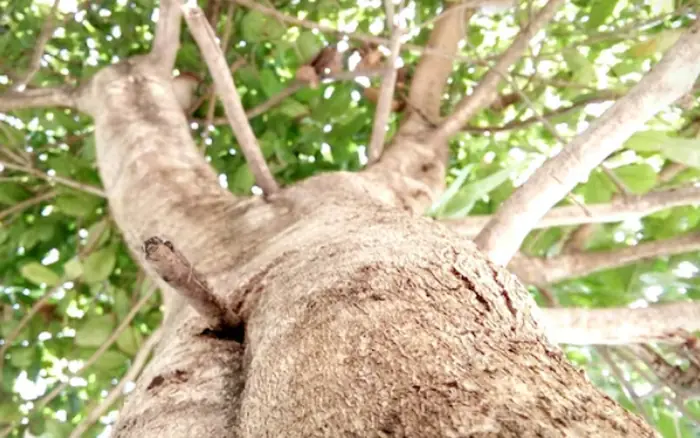
Brushing your teeth before bed is a mistake! This is when you really need to brush your teeth
Many people tend to wait until right before bedtime to brush their teeth, but this habit is actually not ideal—especially for those who struggle with falling asleep. Brushing your teeth, particularly with toothpaste containing mint, can stimulate brain activity and dispel the sleepiness that’s been building up throughout the day.
Instead, it's recommended to brush your teeth 30 minutes to 1 hour after dinner. This not only helps protect your teeth effectively but also acts as a calming ritual, helping your body and mind ease into the evening. Also, avoid eating or drinking sugary items before bed.
Why you shouldn't brush right after eating
The normal pH in the mouth is around 6.6–7.1. Studies show that after eating, the pH in your mouth drops—acidifying—and reaches its lowest point around 12 minutes post-meal. It then gradually returns to normal after about 30 minutes.
If you brush your teeth too soon after eating, you're doing it while your mouth is still acidic. In that state, the enamel minerals are more easily dissolved, and brushing can wash those minerals away—potentially weakening your teeth over time.
That’s why brushing 30–60 minutes after a meal is scientifically considered the best practice.
Common Toothbrushing Mistakes
1. Brushing horizontally
Brushing back-and-forth too hard or for a long time, especially with hard bristles, can cause abrasion at the gumline. Enamel is the hardest tissue in the body, but it’s thinnest at the neck of the tooth—making this area vulnerable to wear.
2. Brushing too briefly
Due to rushed mornings or laziness at night, some people brush for only a few seconds. Ideally, brushing should last at least 3 minutes to clean all surfaces properly.
3. Neglecting the tongue
The tongue’s uneven surface harbors bacteria that can lead to bad breath and oral infections. Cleaning your tongue regularly—using a soft toothbrush or tongue scraper—can help reduce this bacterial buildup.
4. Not replacing your toothbrush often enough
Toothbrushes can accumulate germs, mold, and bacteria over time. Frayed bristles also lose cleaning effectiveness and can harm gums. You should replace your toothbrush every 3 months, or sooner if the bristles are worn out.
How to Brush Your Teeth Properly
Using the modified Bass technique (small circular motions at a 45-degree angle) is recommended:
-
Outer surface of front teeth: Hold the brush at a 45° angle to the gumline and move it in small circles.
-
Inner surface of front teeth: Use the same 45° angle—gently brush upward for the lower jaw and downward for the upper jaw.
-
Chewing surface: Brush back and forth gently with the brush flat on the surface.
-
Inner surface (vertical strokes): Hold the brush upright and gently move it in small up-and-down motions.
Work on 2–3 teeth at a time, repeating the motion 8–10 times, covering all surfaces: outer, inner, and chewing.
Tips for Choosing the Right Toothbrush
-
People with healthy teeth and gums: Choose a soft or medium-soft bristle brush with a small head for better access.
-
Elderly individuals or those with gum disease: Consider using extra-soft bristles or an electric toothbrush.
-
To clean your tongue: Use a dedicated tongue scraper or a toothbrush with a soft-textured back.
Would you like a visual infographic for this brushing guide or tips tailored for kids, elderly, or someone with sensitive teeth?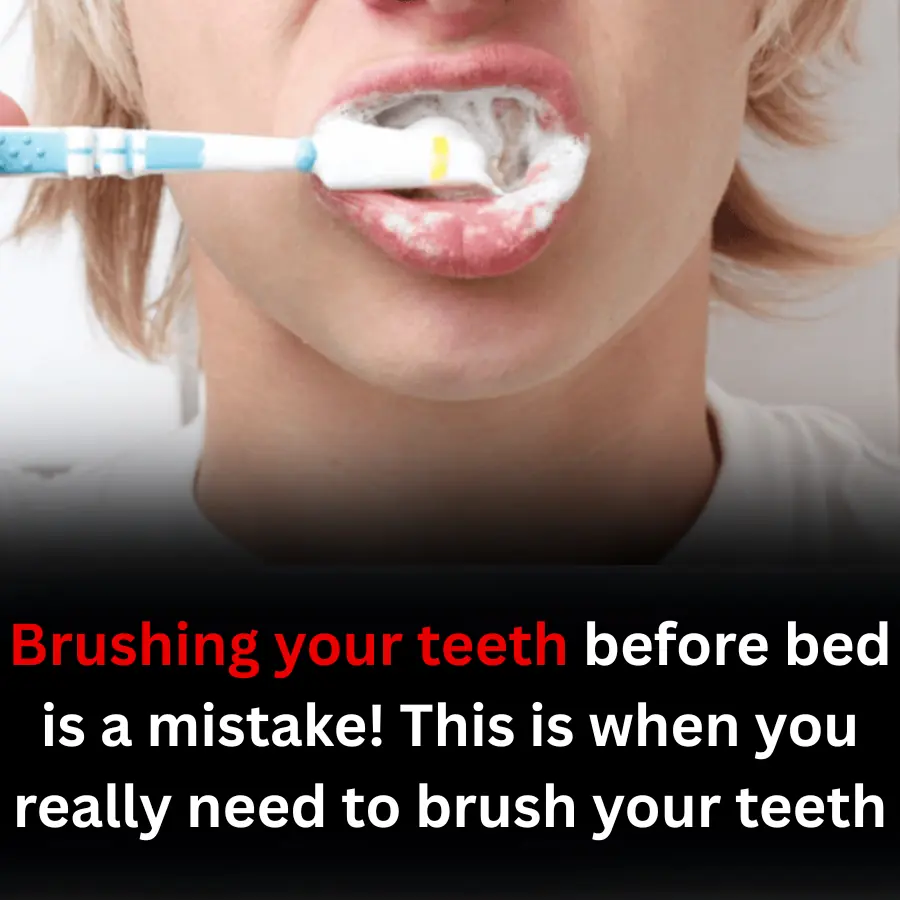
News in the same category


Just hang a handful of these leaves in front of your door - flies and mosquitoes will disappear

8 types of plants that attract snakes into the house
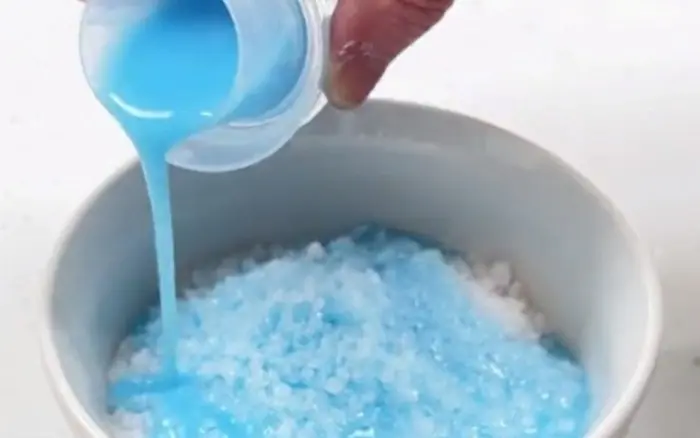
Mixing fabric softener with salt: Great use to solve household problems
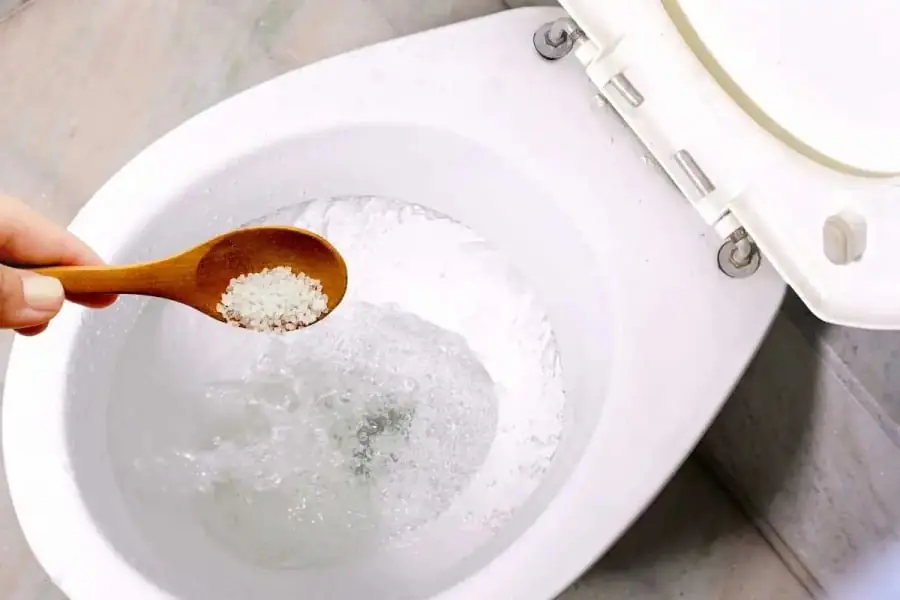
Pour Salt into the Toilet: The Surprising Benefits Every Home Needs

Do This Extra Step Before Boiling Chicken Breast for Juicy, Tender, and Not-Dry Results

In Autumn, Eat These 3 Lu.ng-Nourishing Dishes Regularly to Prevent Cough and Thr.oat Irritation
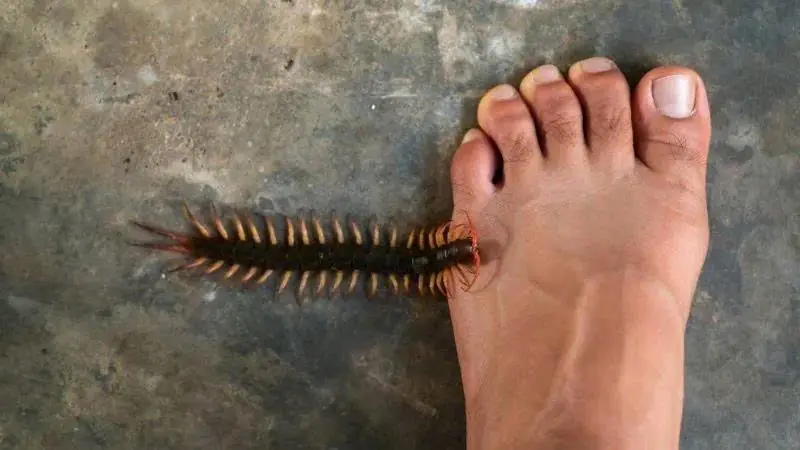
Reasons you should not ki.ll millipedes
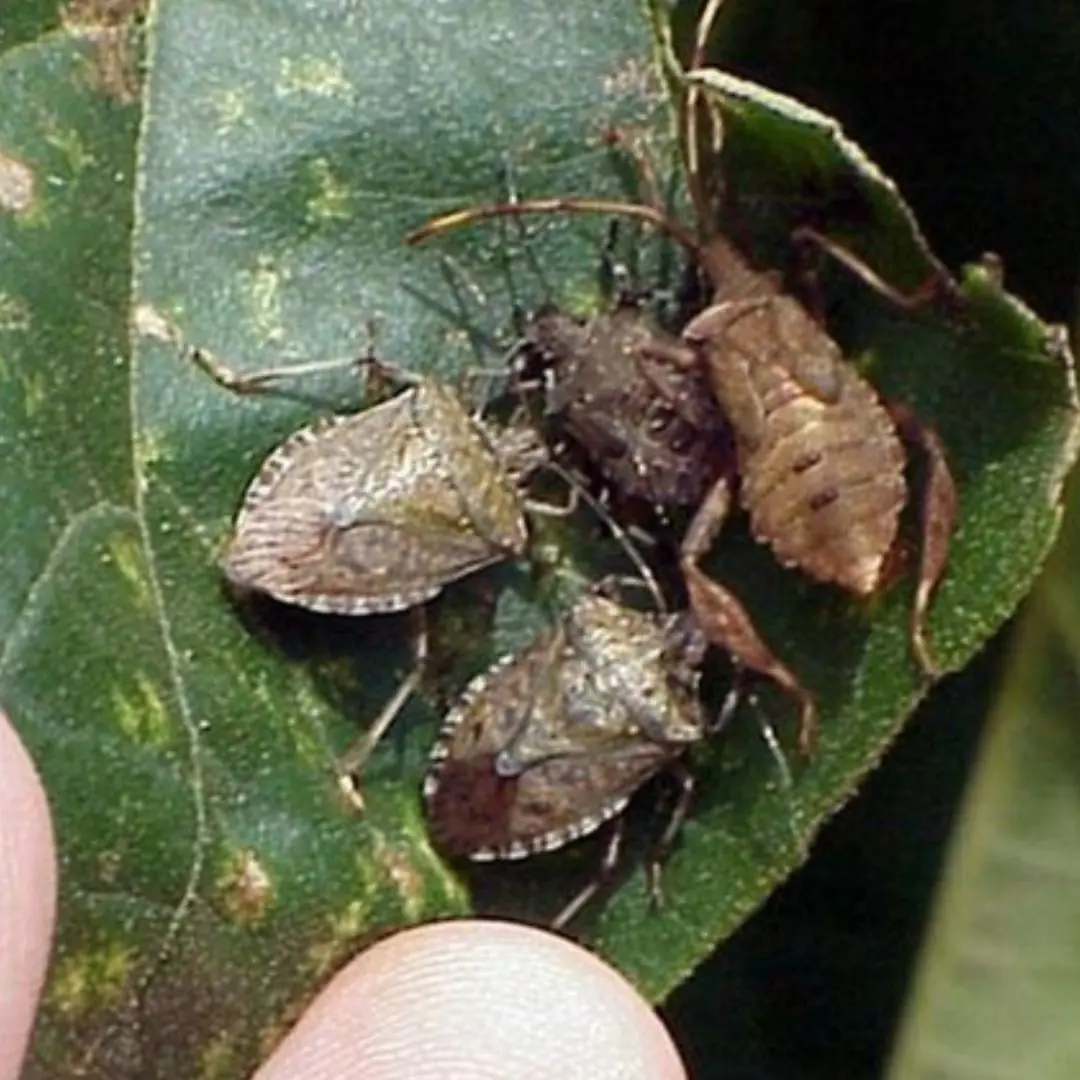
When A Brown Bug Like This Appears In Your Yard, Immediate Action Is Required
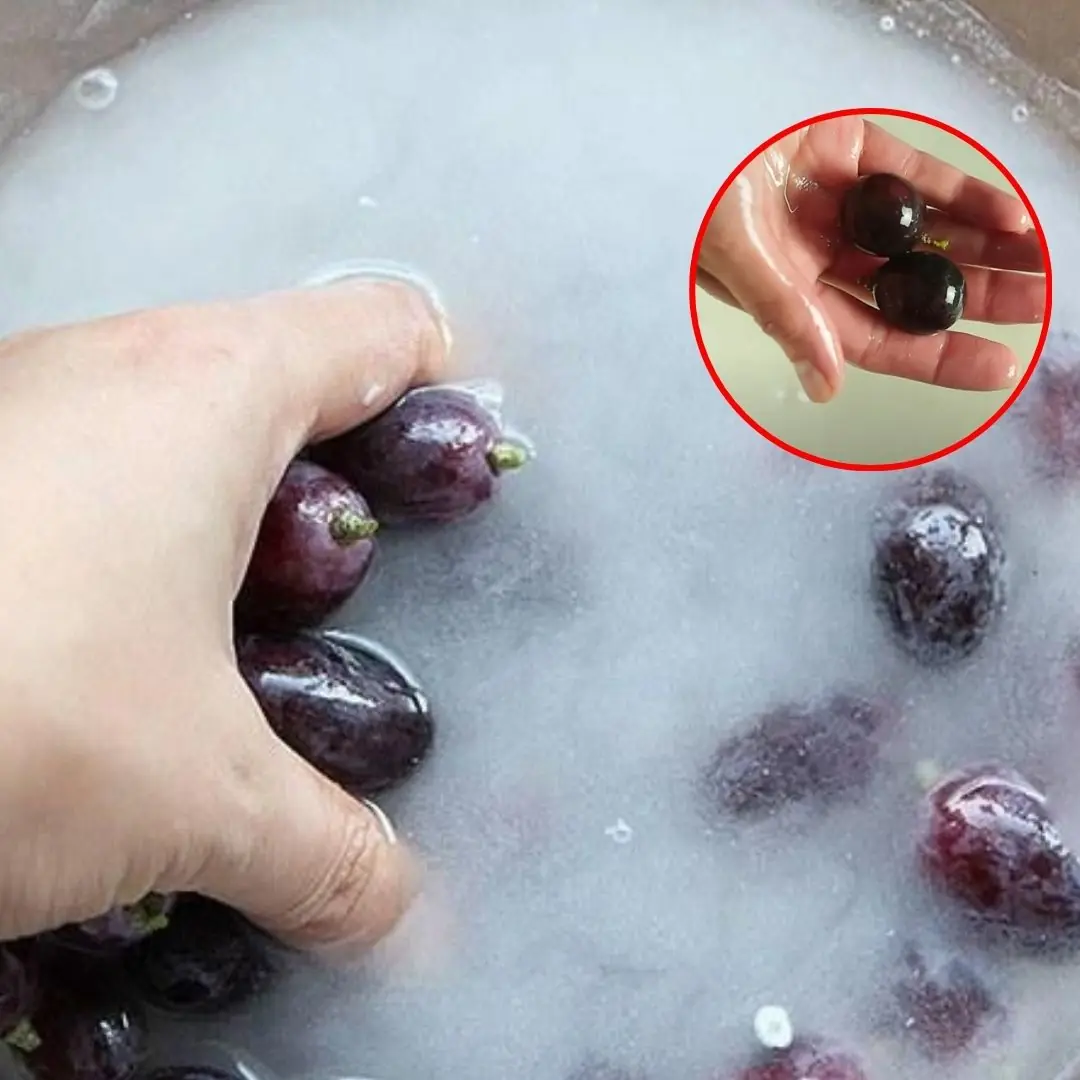
Tips for washing grapes to remove dirt and worm eggs, and to safely eat the skin
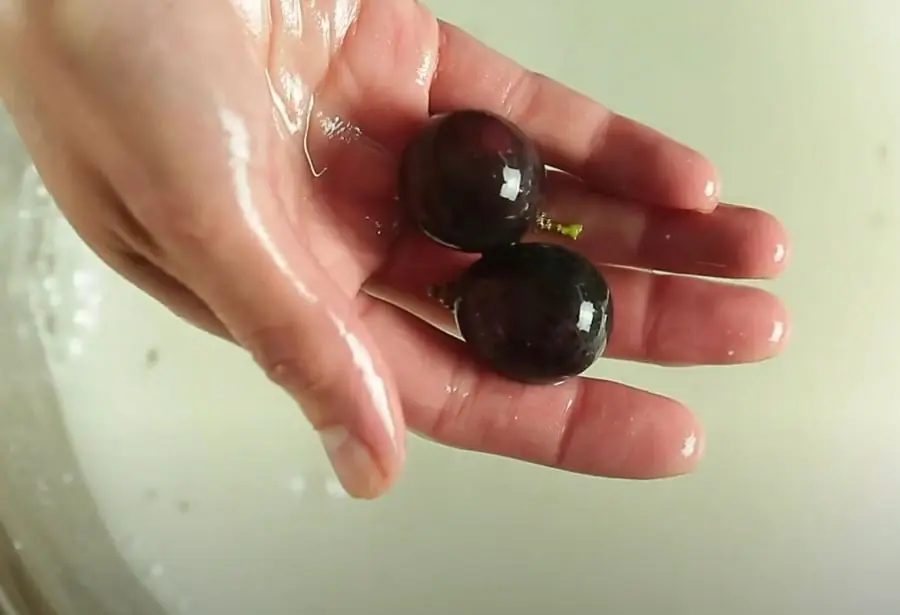
Don’t Eat Grapes Before You Know This Trick
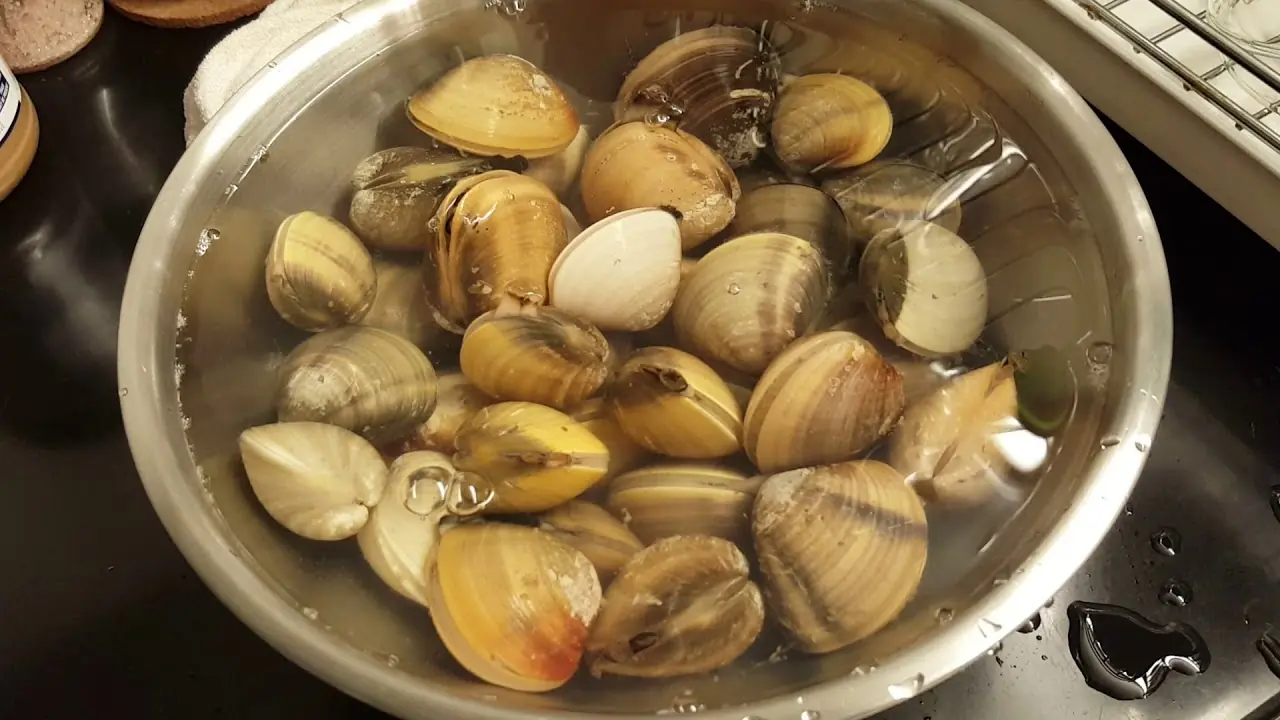
No Matter How You Wash Clams, There’s Still Grit Inside?

The Secret to Keeping Potatoes Fresh for 6 Months Thanks to a Surprising “Friend” in the Kitchen
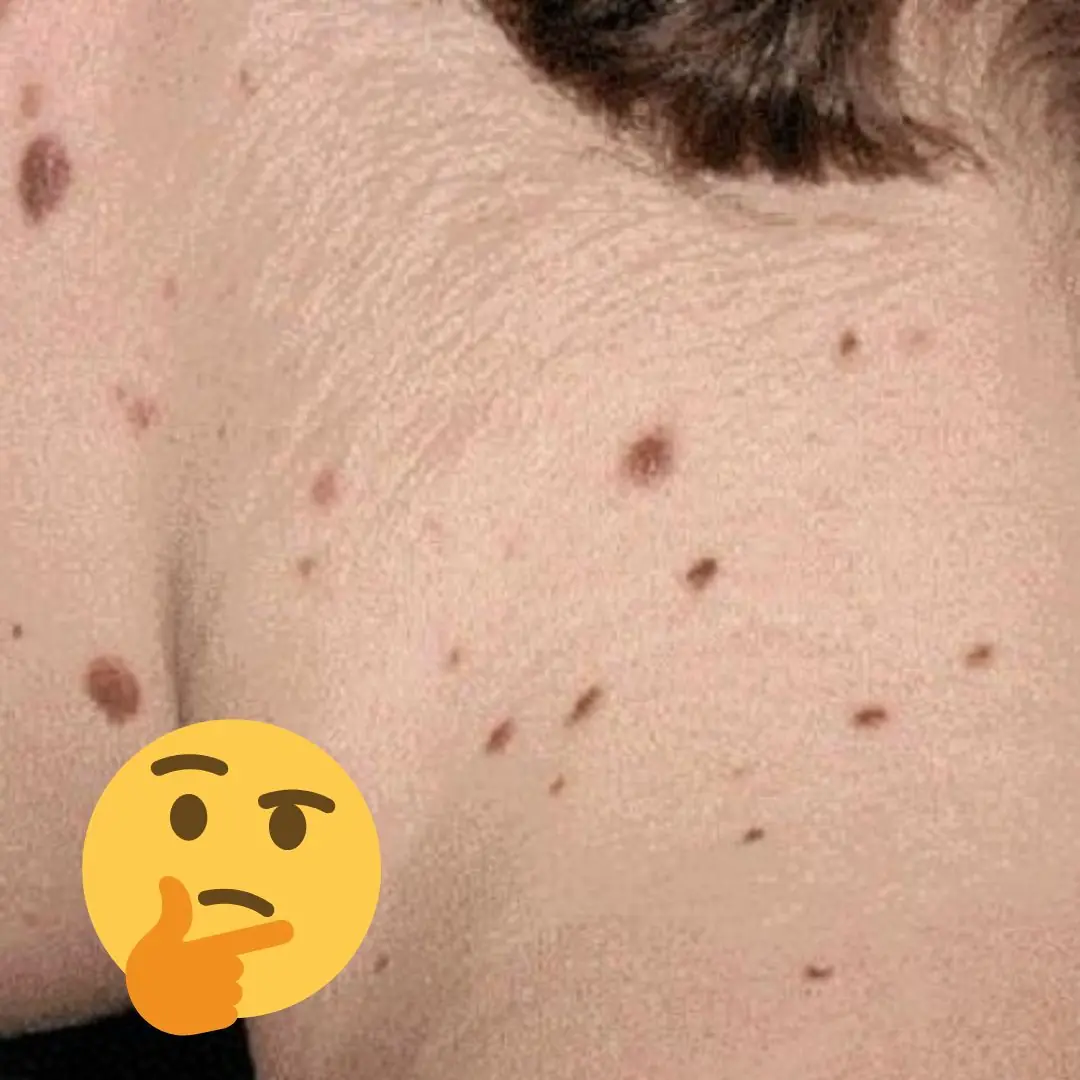
Unusual moles might be more than just a skin quirk — they could be warning signs of cancer
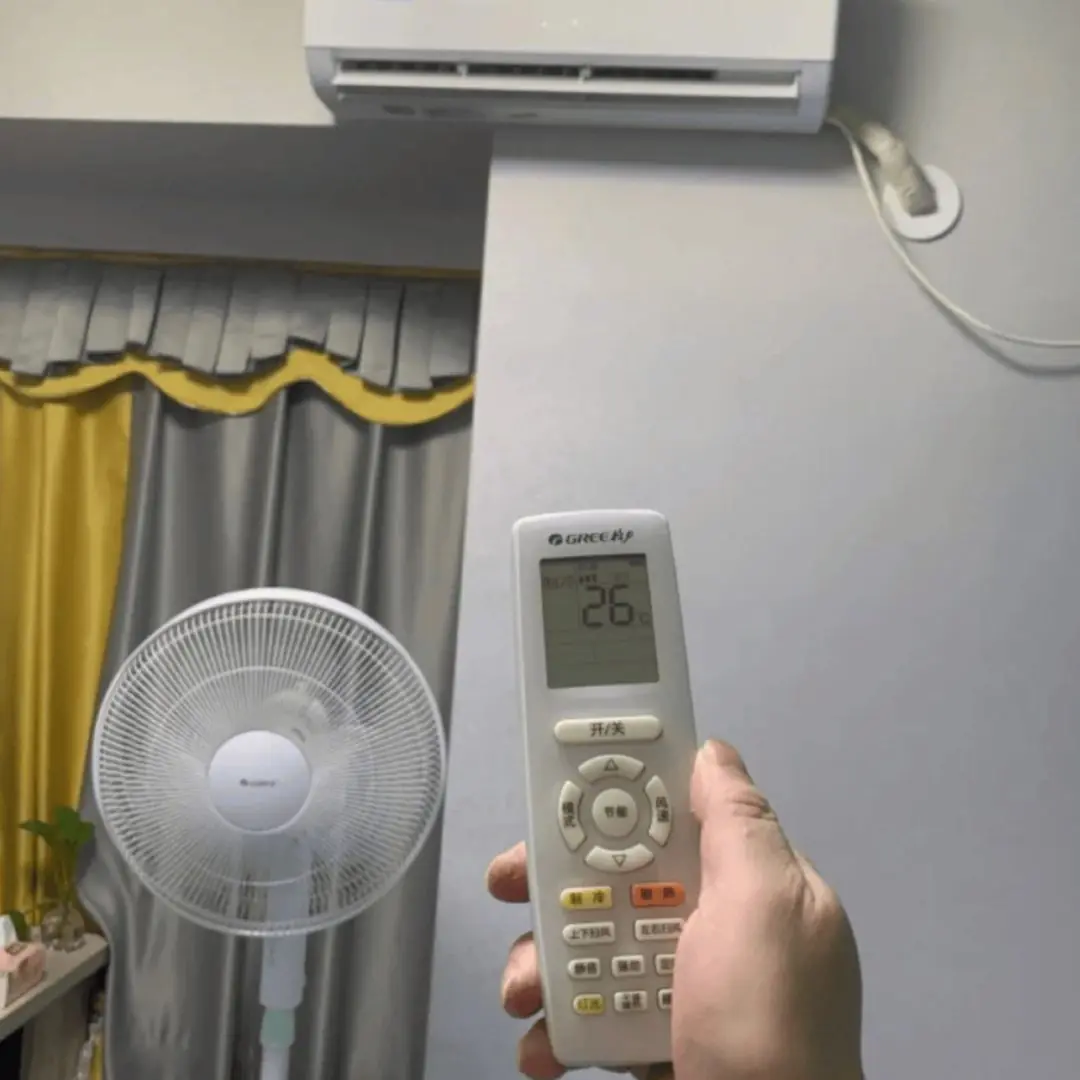
Using the Air Conditioner and Fan at the Same Time? I Expected Higher Costs, but the Truth Surprised Me

Don’t Panic! Follow These Steps If a Bat Gets Into Your House
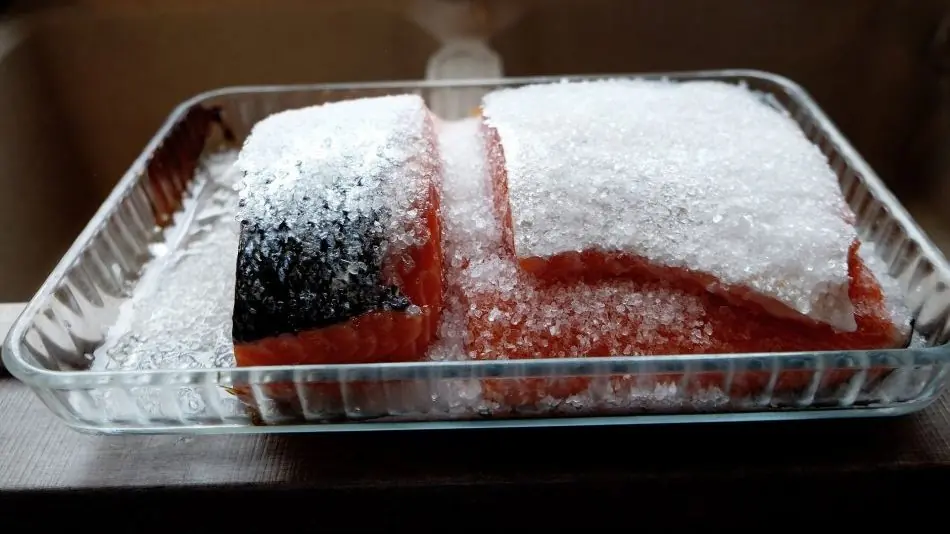
4 Dangerous Mistakes When Thawing Fish
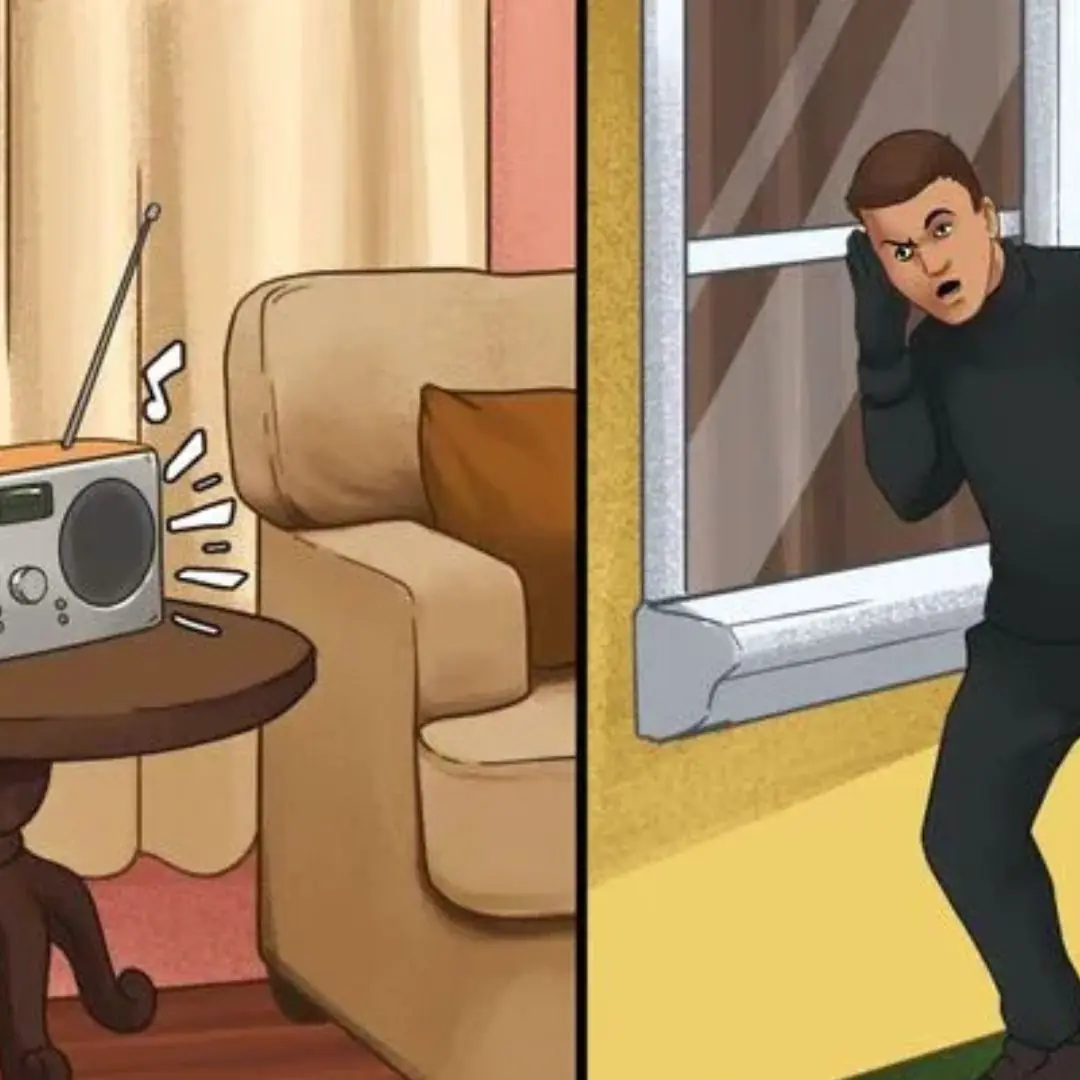
10 tips to keep thieves away from your home
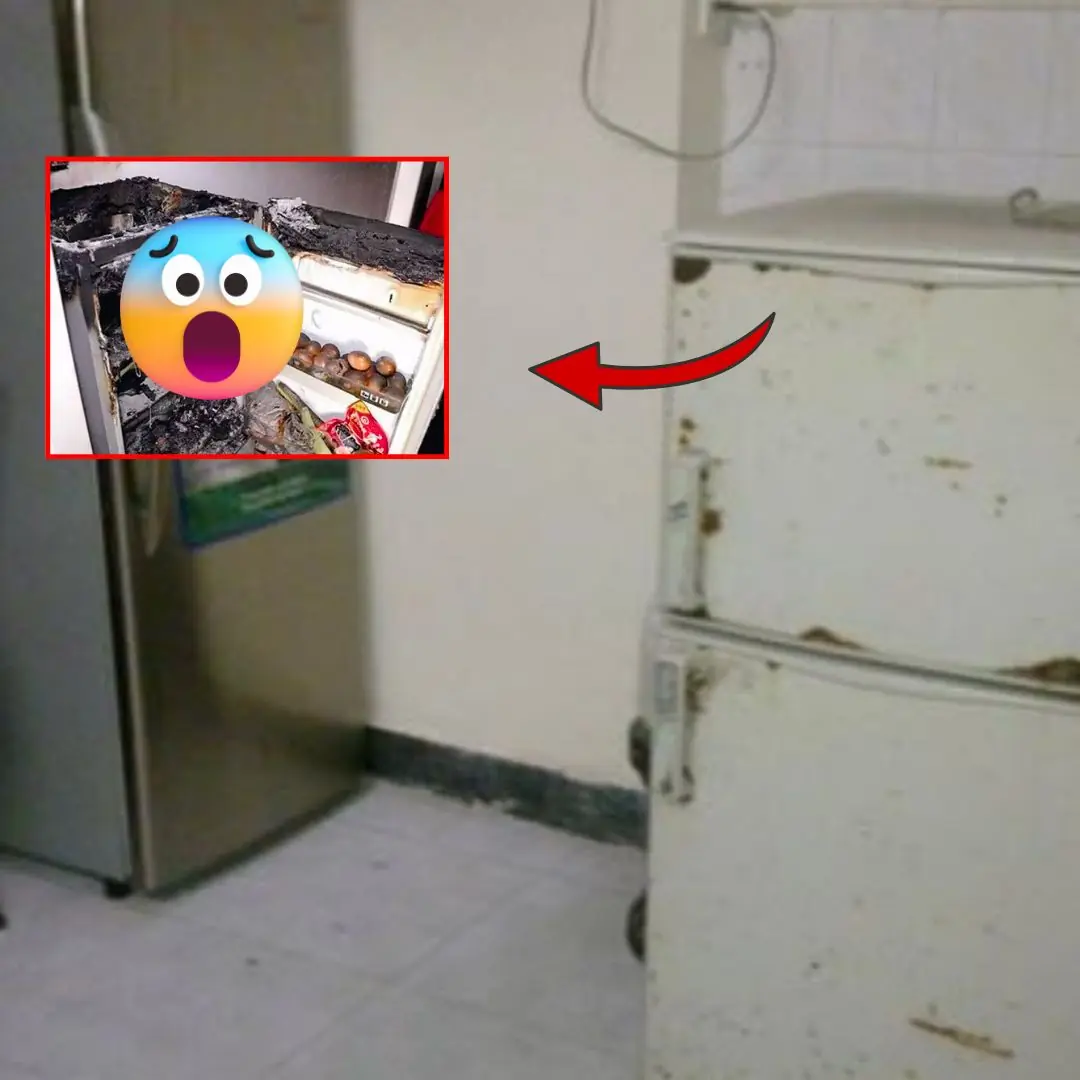
Mistake #5: Almost everyone makes it—but few actually notice

Tips to Skim Excess Fat from Greasy Soup
News Post
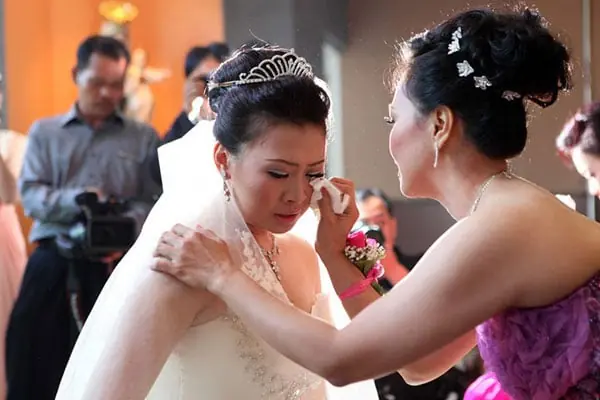
Just After Changing into My Wedding Dress, My Mother-in-Law Slipped Me a Bankbook and a Haunting Message
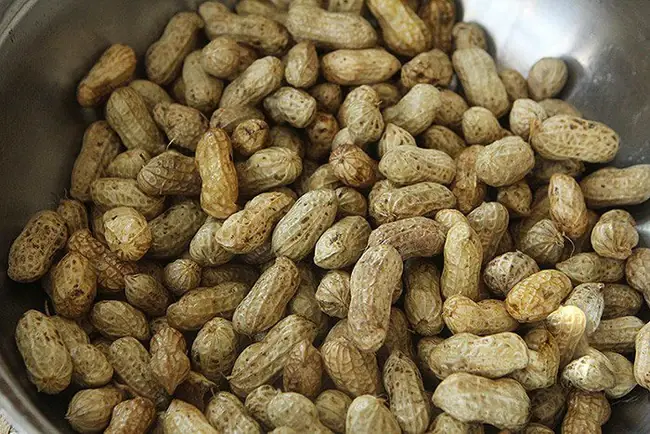
4 Surprising Changes Your Body Will Experience in Just Half a Year

Not milk or dried shrimp – this is the real “Calcium King” that many people overlook
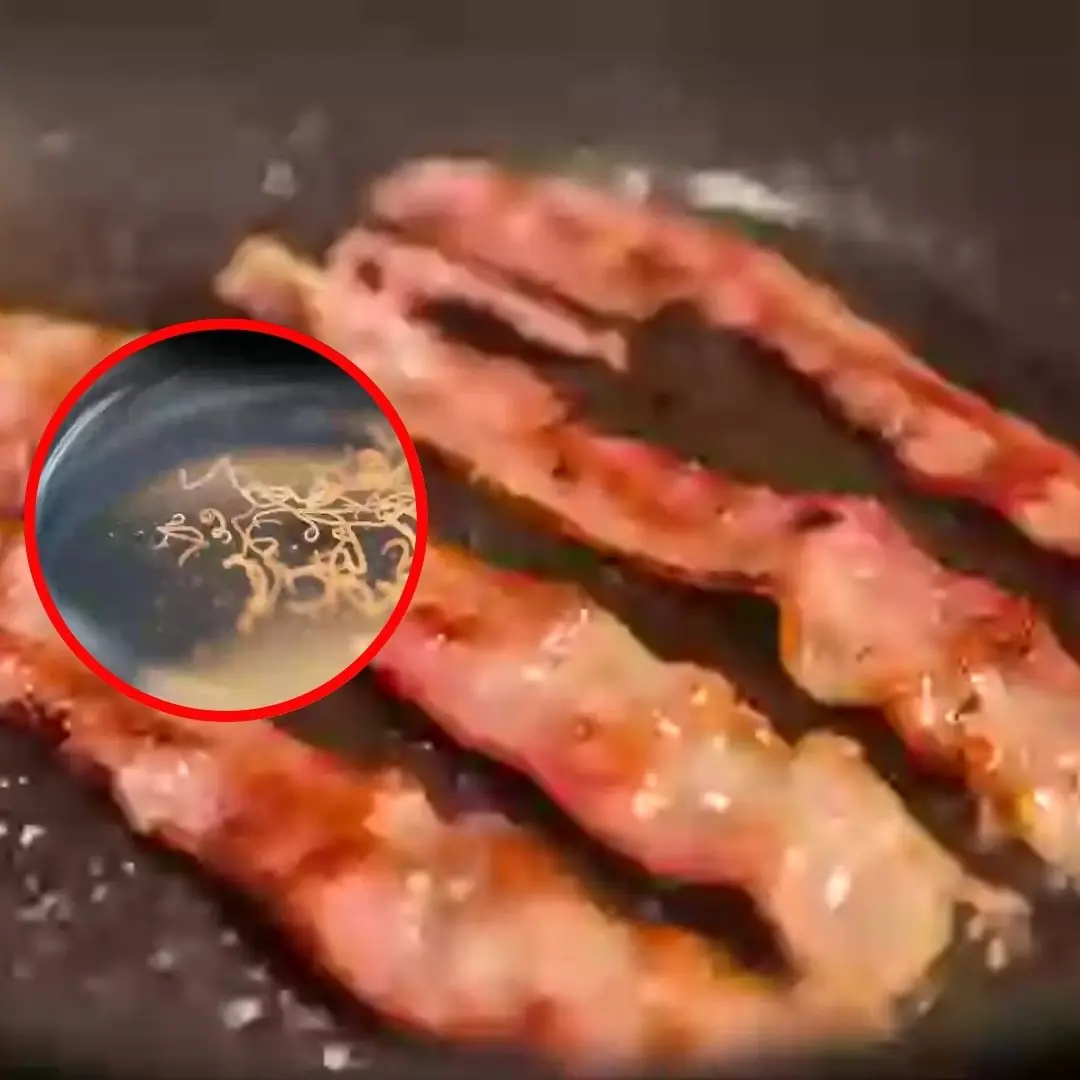
Man develops 'pork worms' in his br.ai.n after years doing this specific cooking habit
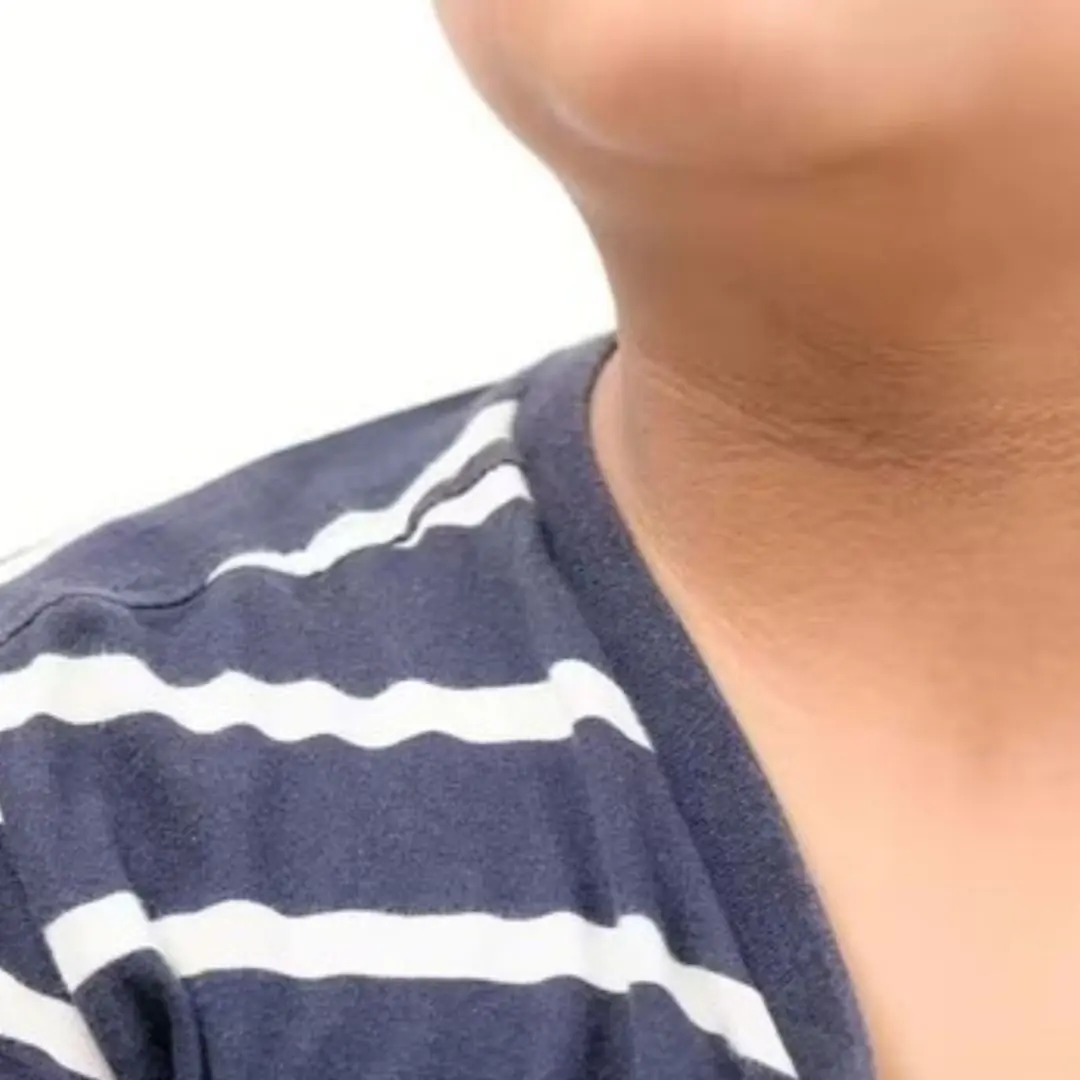
Diabetes can 'show' strange signs in the neck: If you see them, don't ignore them
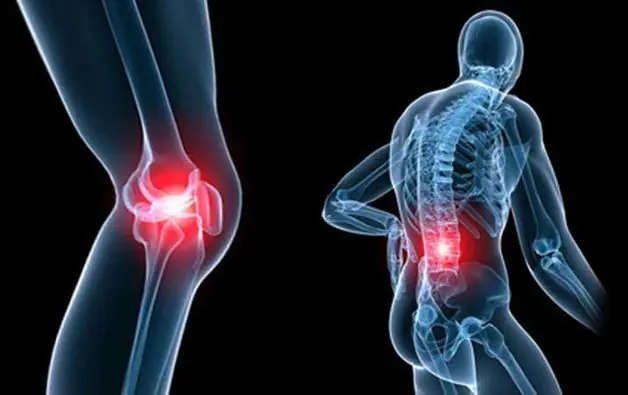
3 Drinks Called the “Calcium Drainers” But Many People Still Love

4 Surprisingly “Clean” Vegetables with Minimal Pesticides

3 Lucky Plants That Bring Prosperity and Wealth
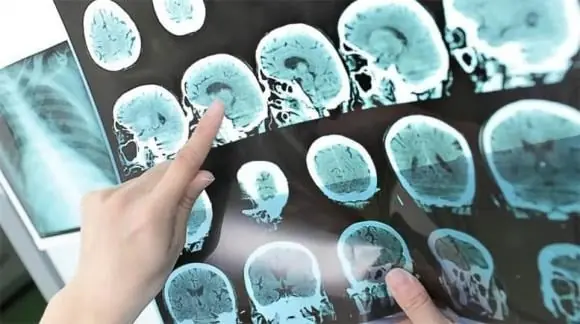
6 Golden Habits to Help Seniors Reduce the Risk of Cerebral Infarction

One Part of Chicken Contains Four Times More Cholesterol Than Pork Fat

Sweet Potatoes Are Not Good for These 3 Groups of People

Just hang a handful of these leaves in front of your door - flies and mosquitoes will disappear

Want the Health Perks of Coffee? Here’s the Best Time to Drink It

Taylor Swift and Travis Kelce announce engagemen
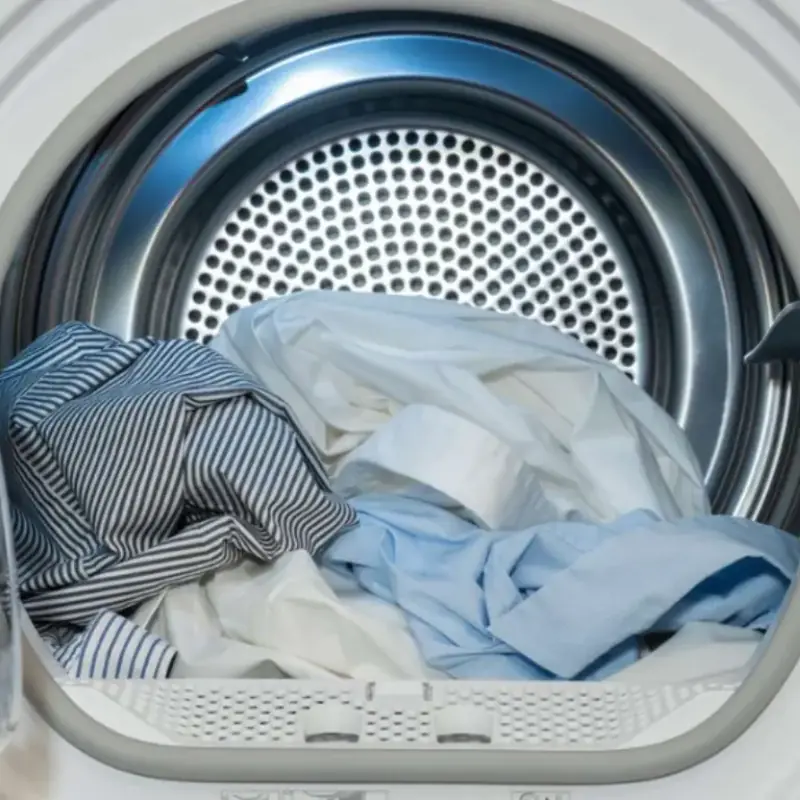
Washing Machines Have a Special Mode That Dries Clothes Faster
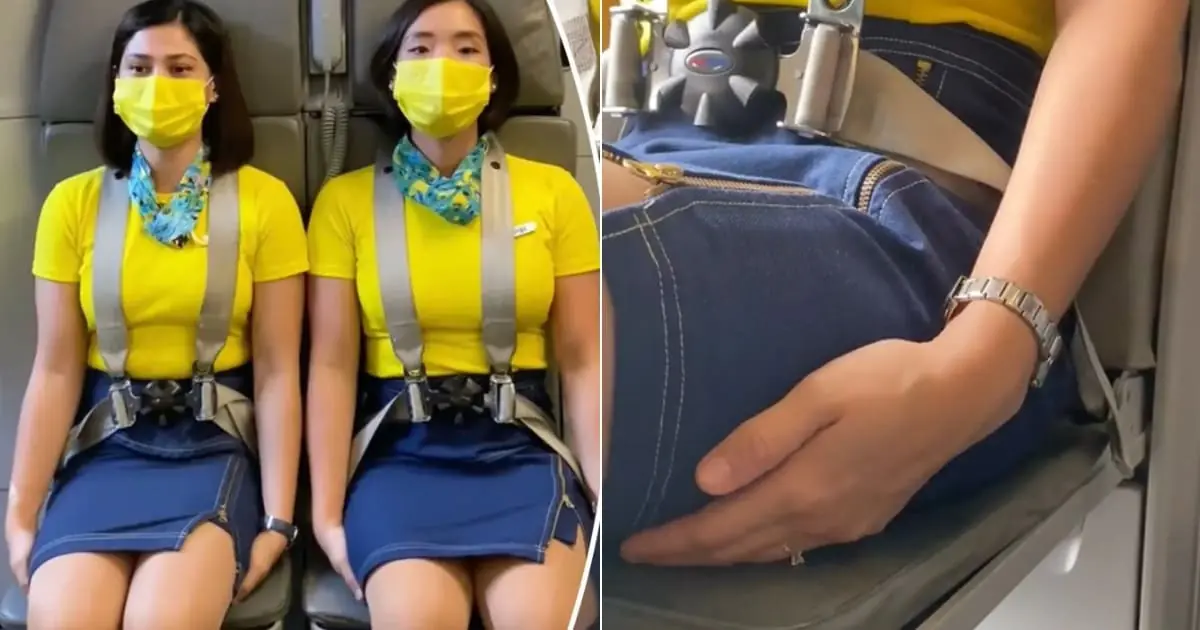
Flight attendant explains why cabin crew members always sit on their hands during takeoff
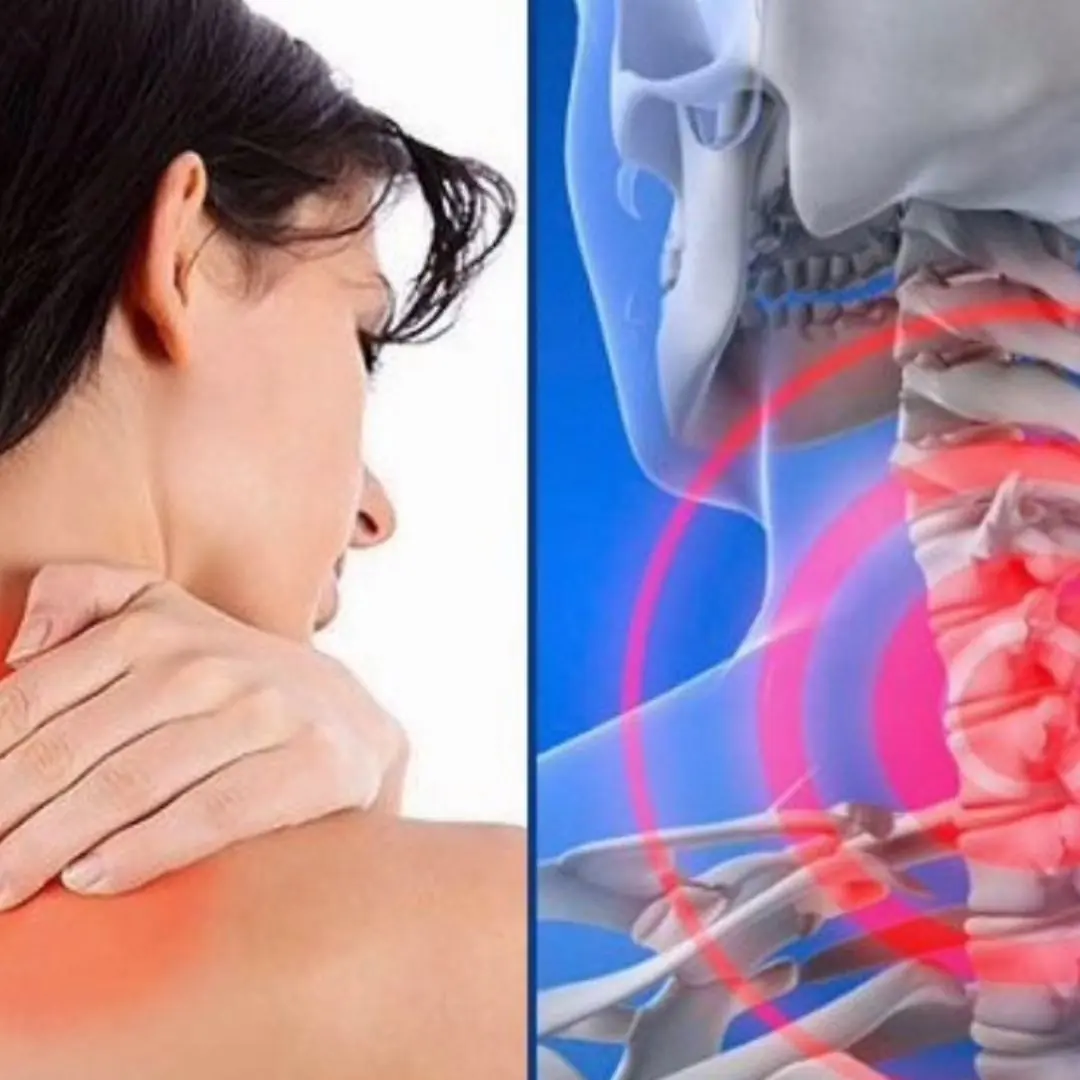
6 things you should absolutely not do when you have neck and shoulder pain because they destroy bones and joints and are terrible for your stomach

8 types of plants that attract snakes into the house

Mixing fabric softener with salt: Great use to solve household problems
